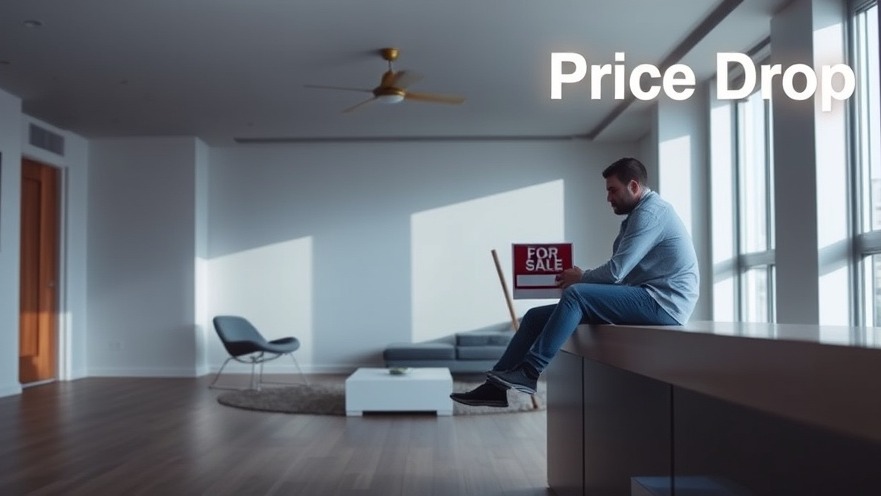
May's Architecture Billings Index: A Positive Shift
The Architecture Billings Index (ABI) has reflected a slightly positive trend for the U.S. architecture industry in May 2025, signaling a budding recovery in activity. After a tough start to the year, marked by fluctuating demand, this uptick provides a glimpse of hope amid a complex economic backdrop. The ABI serves as a leading economic indicator for the commercial real estate sector, tracking billing patterns from architecture firms nationwide. With the index now indicating growth, it's essential for both residential and commercial property owners to gauge what this means for the future of property development and investment.
Understanding the Architecture Market Landscape
The ABI, measured by the American Institute of Architects (AIA), rose slightly this month, suggesting a more stable outlook for designers and architects. As residential and commercial property owners, understanding the ABI's implications can lead to informed decisions about potential projects, renovations, or investments in real estate. This slight improvement is vital as it hints at an increase in demand for architectural services, indicating a potentially revitalizing market.
A Closer Look at Regional Trends
Regional variations within the ABI reveal intriguing insights. For example, many areas in the West and South are experiencing more significant activity spikes compared to the Northeast, highlighting regional demands that may shape developmental strategies for property owners. Those engaged in real estate investment can tap into these regional insights to align their strategies, thus maximizing their opportunities based on local market dynamics.
Future Predictions for the Architecture and Real Estate Market
Looking into the future, there are mixed signals on how sustainable this architectural growth will be. Experts speculate that as commercial investments and the demand for new housing continues to rise, architects will need to adapt to evolving market needs, especially focusing on sustainability and urban planning. Moreover, with the U.S. economy showing signs of recovery post-pandemic, potential policy changes in construction regulations could drastically alter project timelines and costs. Homeowners and investors should stay informed about these developments.
Taking Action: A Guide for Future Investments
With the architecture sector showing signs of life, now may be the moment for property owners to consider their next steps. Engaging with architects to discuss upcoming trends and potential projects can position them advantageously for the future. Furthermore, proactive research on financing options and exploring collaboration with architects can enhance property portfolio value. In uncertain economic contexts, informed investments are essential.
Addressing Common Misconceptions in Real Estate
One common misconception is that architecture and construction markets react immediately to economic signals. In reality, changes in the ABI can take months or even years to translate into observable market trends. Therefore, property owners should focus on long-term strategies based on thorough market analyses rather than reacting solely to immediate fluctuations.
The Emotional Impact of Architecture on Communities
Beyond mere statistics and indices, architecture resonates emotionally with communities. Iconic buildings and well-planned neighborhoods foster a sense of belonging and identity. Property owners planning new developments should consider how their projects impact the quality of life for residents, improving not just the property value but also the community experience.
As we reflect on the latest improvements in architecture billings and what they signify for property owners across the United States, it's essential to act thoughtfully and strategically. Whether investing in new projects or leveraging existing structures, staying informed and adaptable will ensure long-term success.
Understanding ABI can empower property owners to make proactive decisions in the complex real estate landscape. Let’s stay engaged and informed about these architectural trends and market dynamics.
 Add Row
Add Row  Add
Add 




Write A Comment